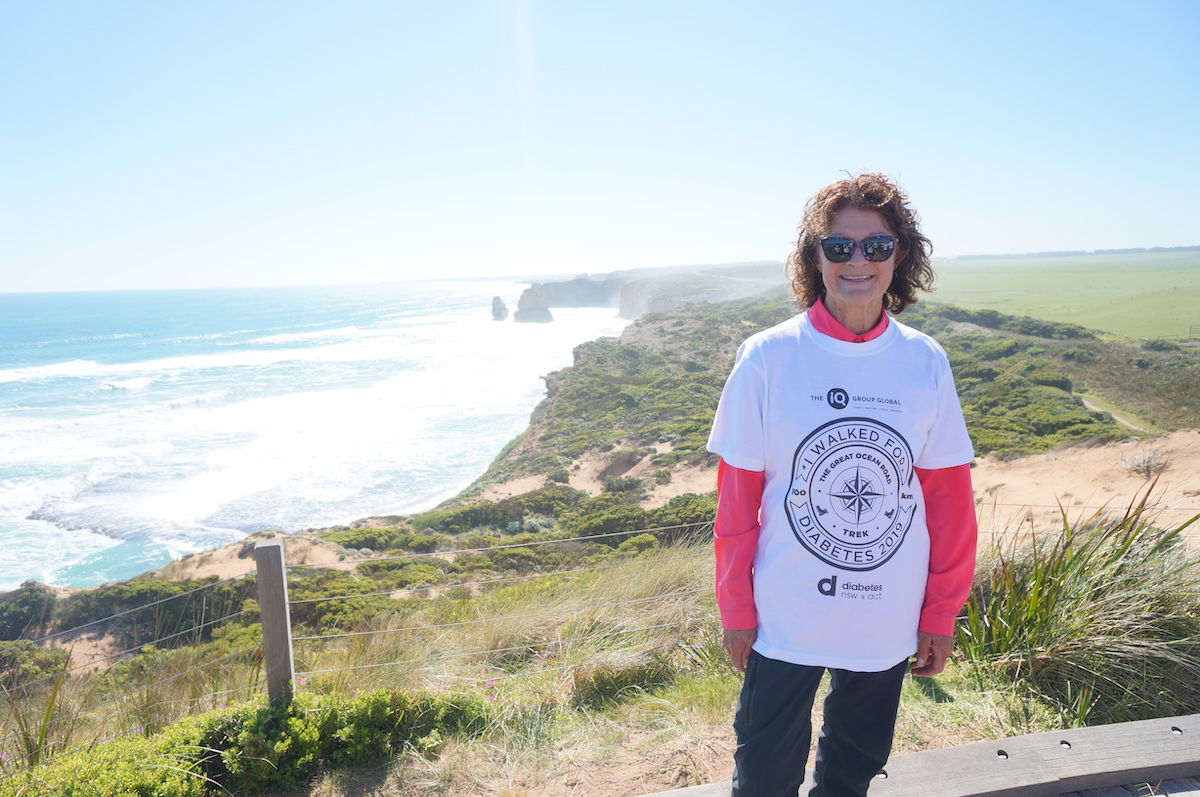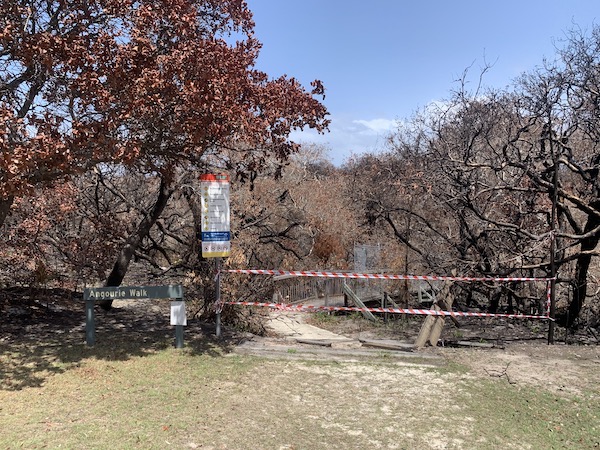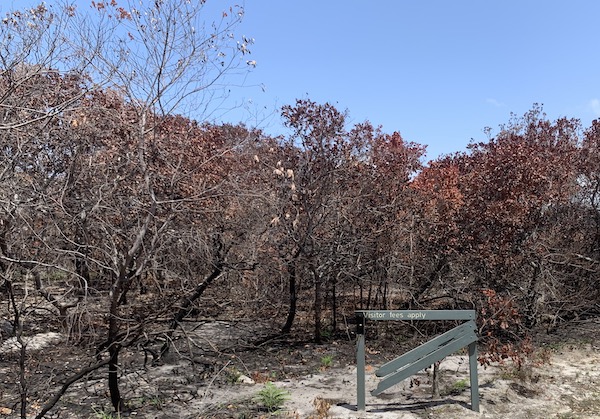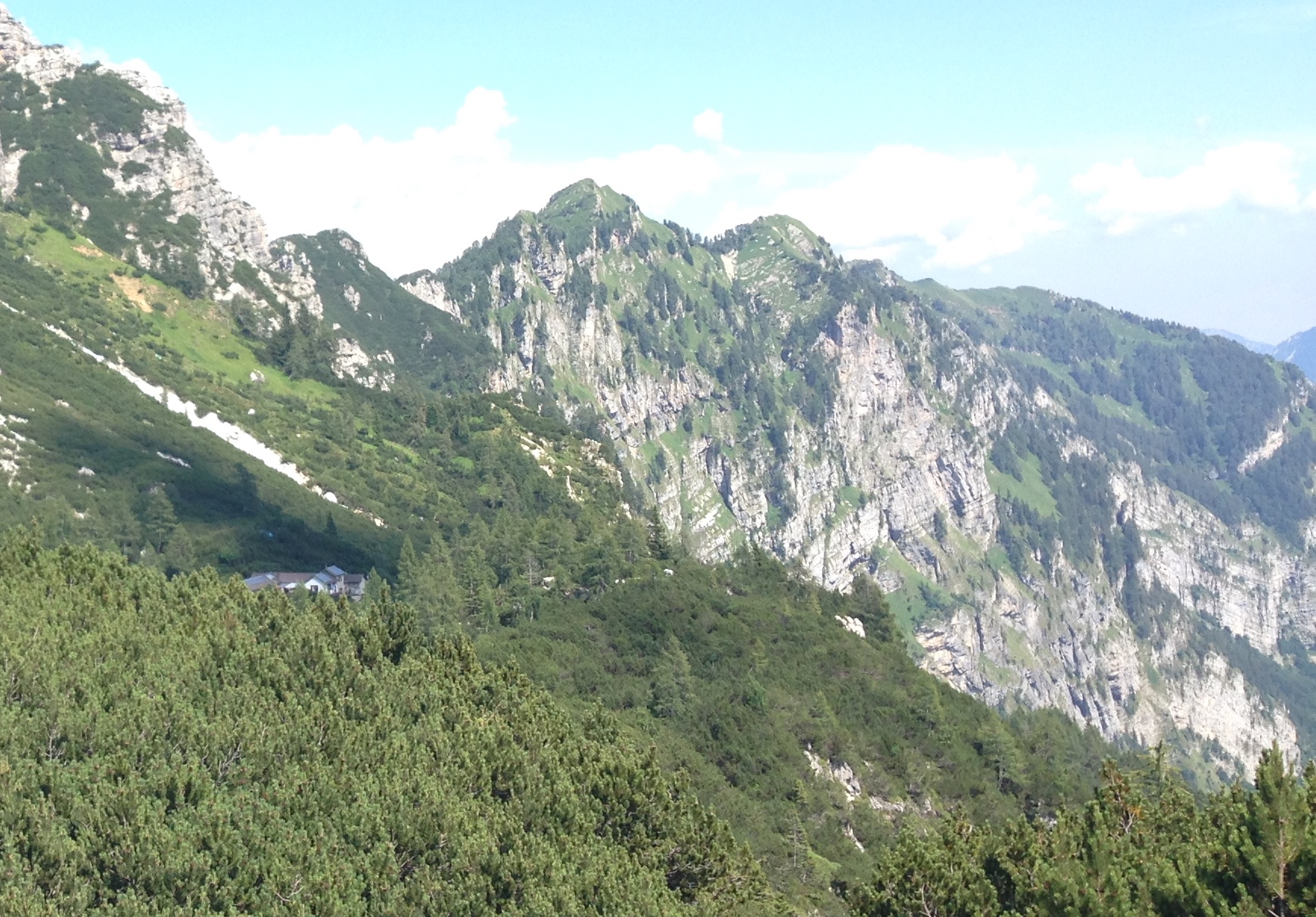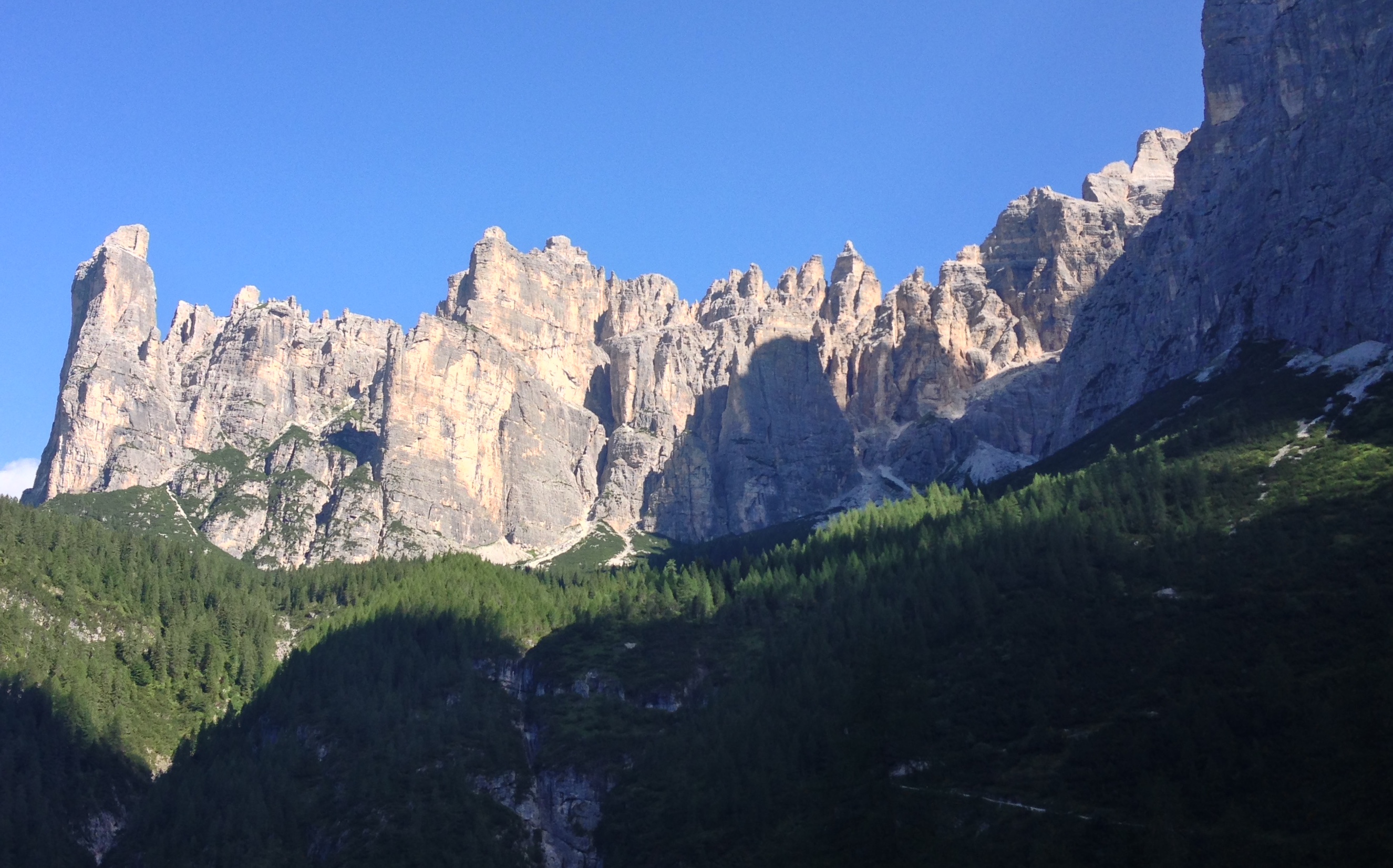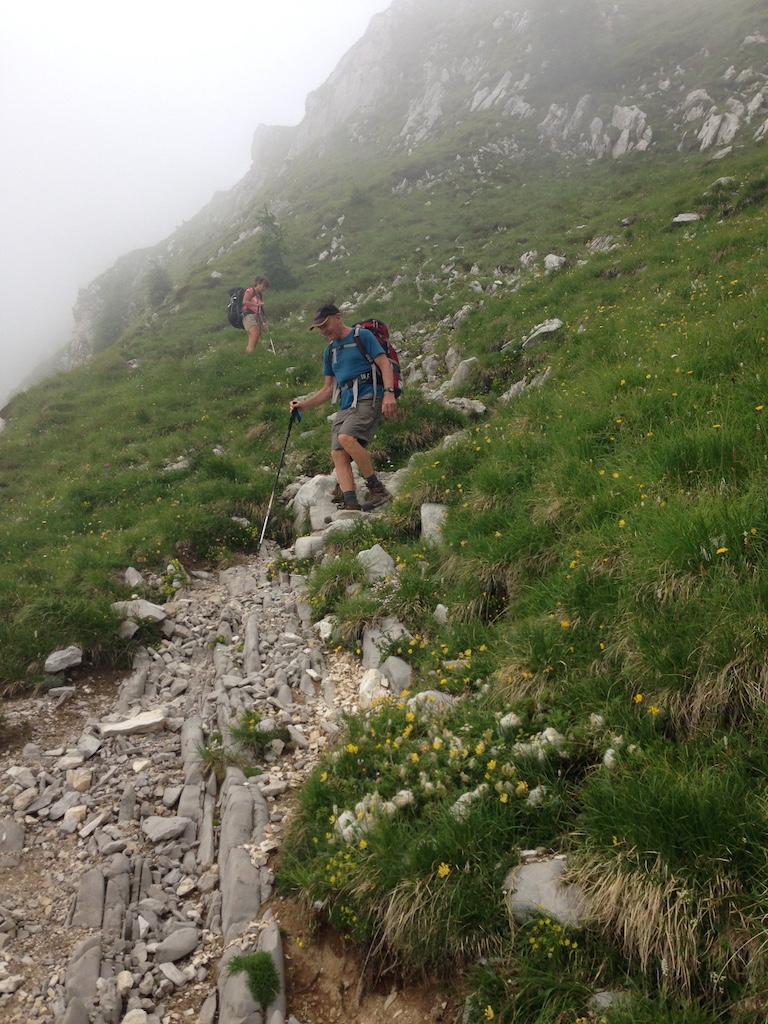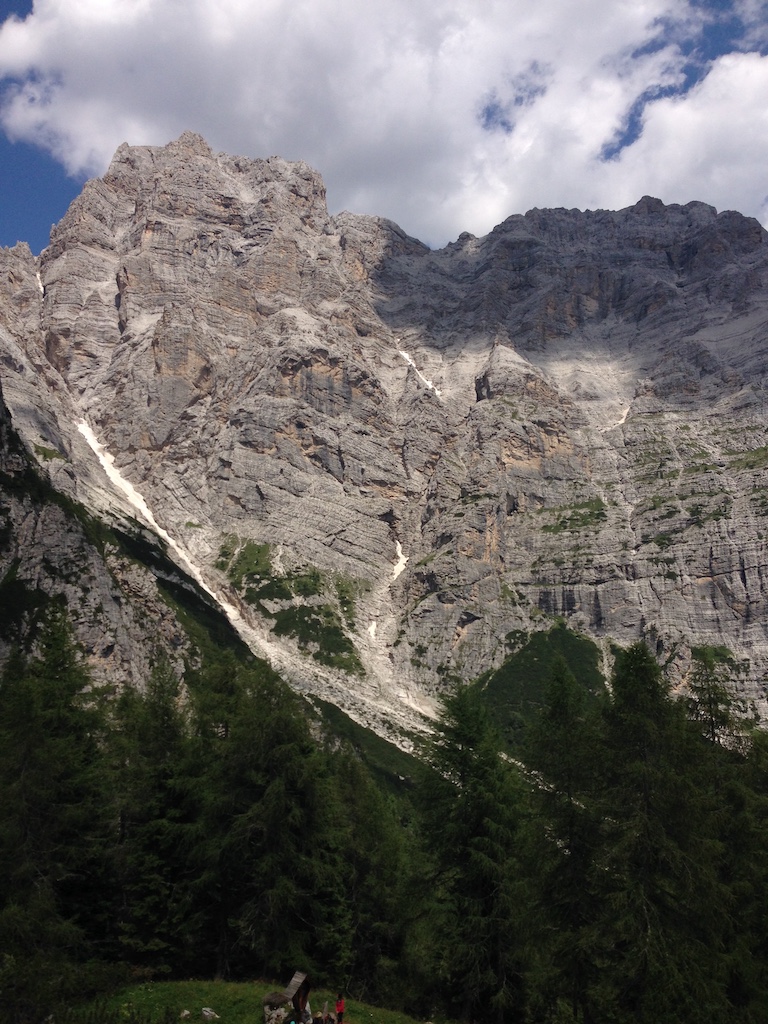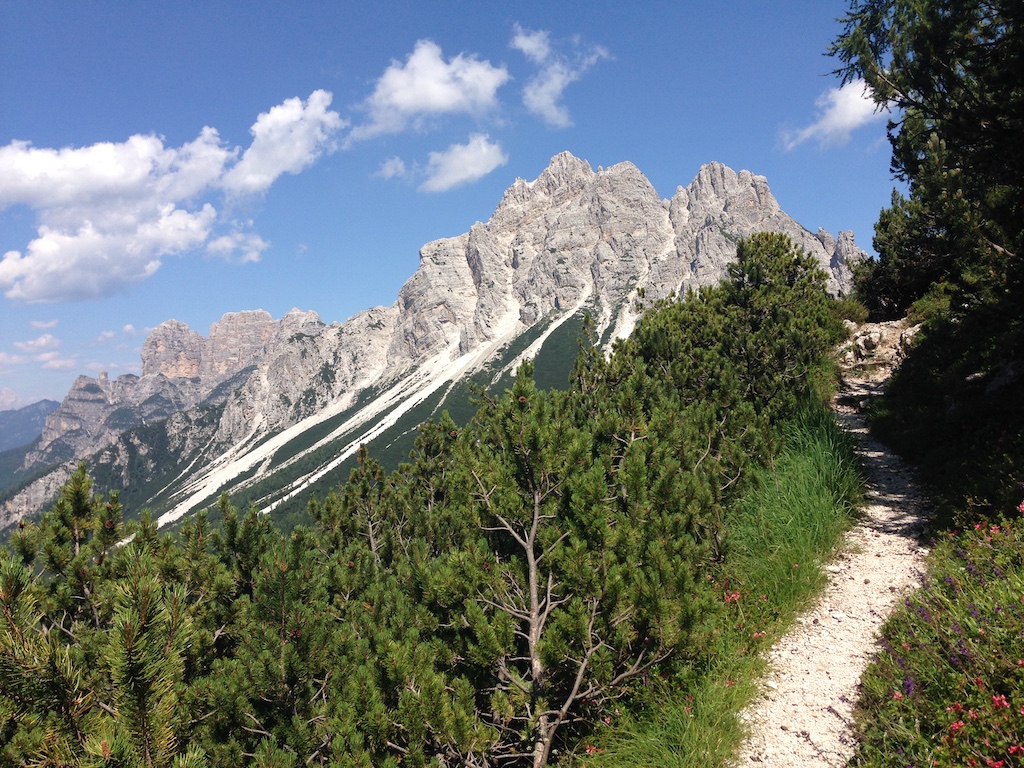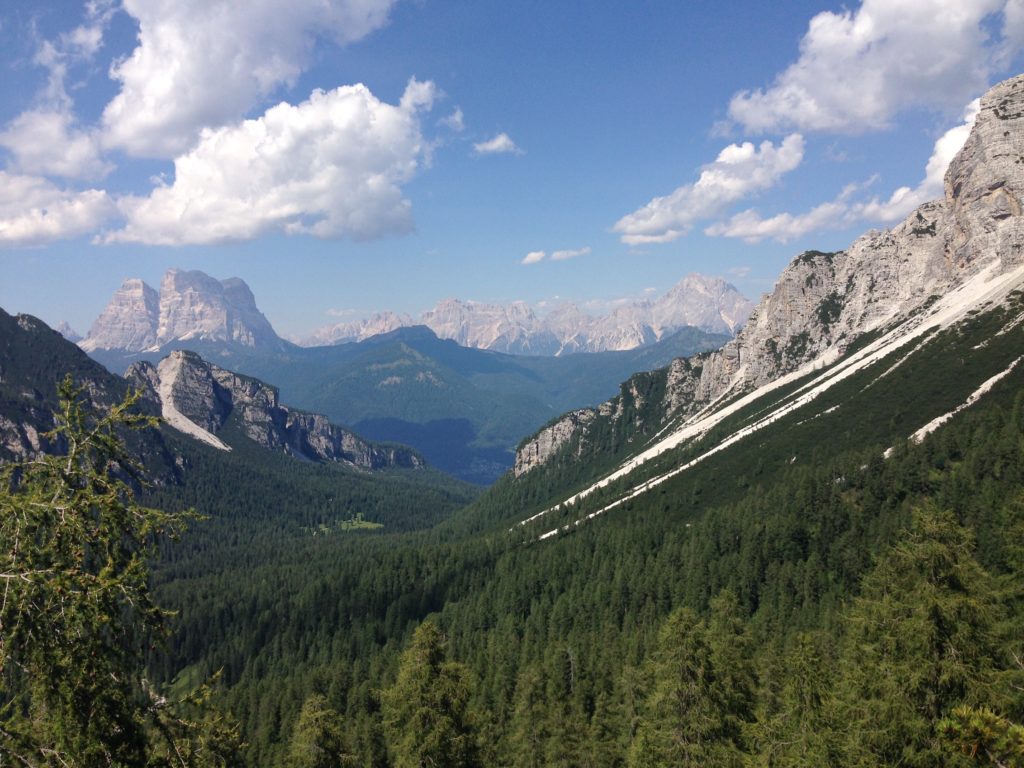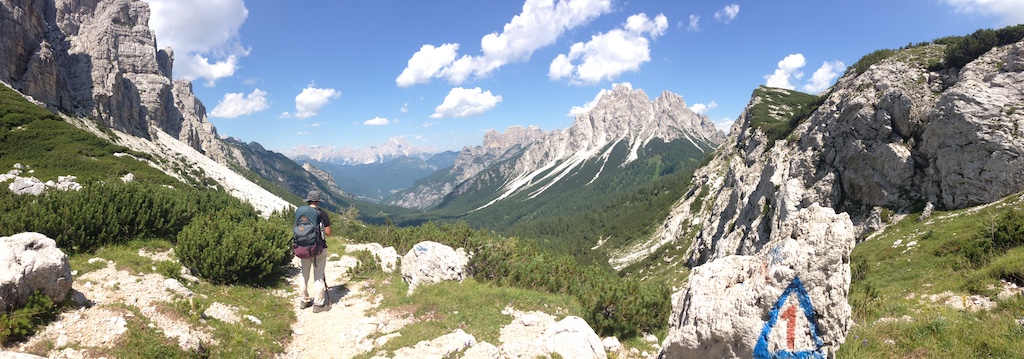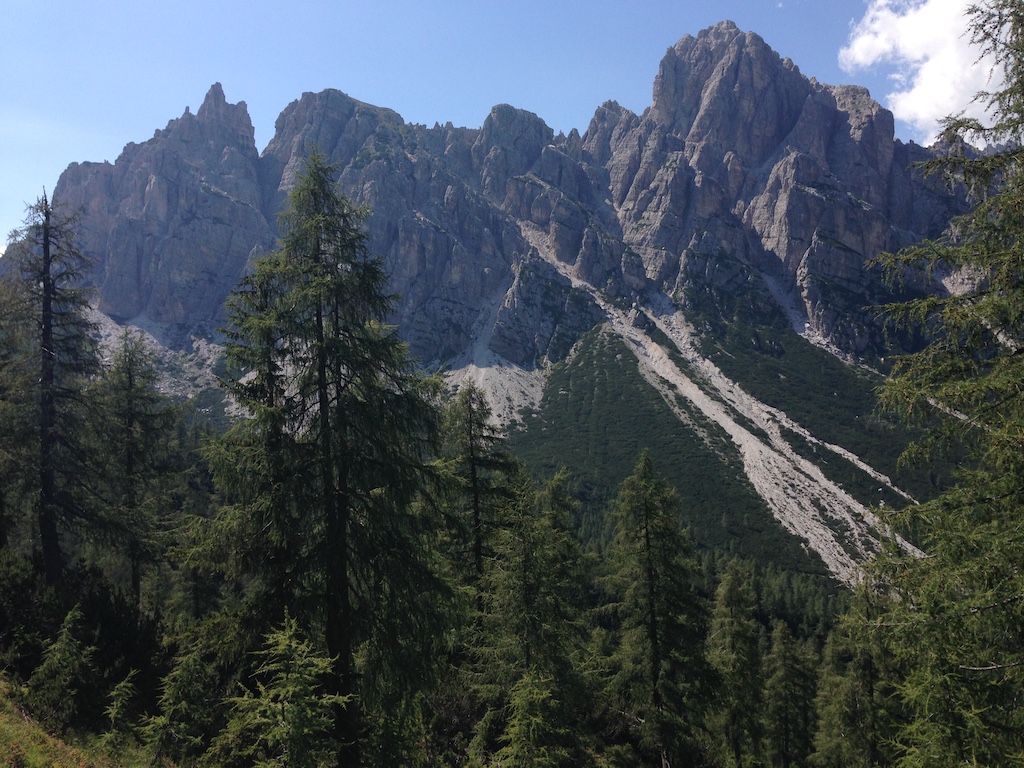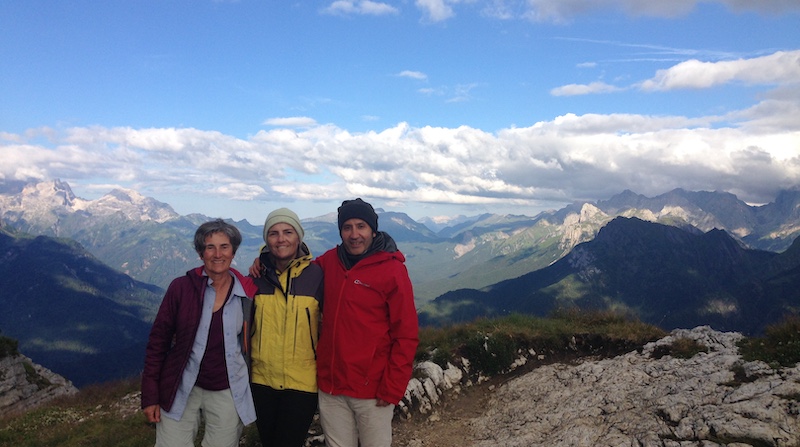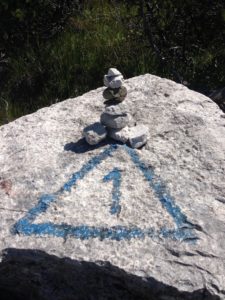On 1st October, 2020 the Office of the Children’s Guardian provided a webinar titled: Understanding your reporting obligations in sporting and local government organisations.
The recording for the webinar can be accessed here.
If you are listening from a place where children can hear the webinar the use of headphones is recommended.
Below is some information that was mentioned in the webinar and shared by Harris Short, Child Safe Coordinator, Local Government/Sport, Office of the Children’s Guardian.
For more information, click on the links provided.
Department and Communities and Justice (DCJ)
Department of Communities and Justice (DCJ), previously known as Family and Community Services (FaCS) or Department of Community Services (DoCS), is NSW’s statutory child protection agency. The Children and Young Persons (Care and Protection) Act 1998 and Regulation 2012 detail DCJ’s responsibilities in keeping children safe.
A key responsibility is that DCJ is responsible for assessing reports made to the Child Protection Helpline. While anyone in the community can make a report to the Child Protection Helpline, that a child or group of children might be at risk of significant harm, the Care and Protection Act makes it mandatory for some people who work or volunteer in certain roles. For more information https://www.facs.nsw.gov.au/families/Protecting-kids/mandatory-reporters/about
For guidance about making a mandatory report, using the mandatory reporter guide, to submit an e-report, or other information about mandatory reporting, visit https://reporter.childstory.nsw.gov.au/s/
JCPRP
The ‘Joint Child Protection Response Program’ (JCPRP), which used to be called JIRT, aims to provide a seamless service response to children and young people at risk of significant harm as a result of sexual assault, serious physical abuse and extreme neglect. JCPRP is a tri-agency program delivered by the NSW Police Force, Department of Communities and Justice and NSW Health. Joint Referral Unit (JRU) has a representative of each agency to work on joint decision-making around intake to JCPRP. JCPRP investigations are led by detectives from the Child Abuse and Sex Crimes Squad.
Reportable Conduct
Learn about your obligations under the Reportable Conduct Scheme in our 30min video.
You can find information on the Children’s Guardian website about:
- Identifying reportable allegations
- Heads of entities and reportable conduct responsibilities
- Planning and conducting an investigation
- Recognising and managing conflicts of interest etc.
Information provided by:
Harris Short | Child Safe Coordinator, Local Government/Sport | Office of the Children’s Guardian
www.kidsguardian.nsw.gov.au

